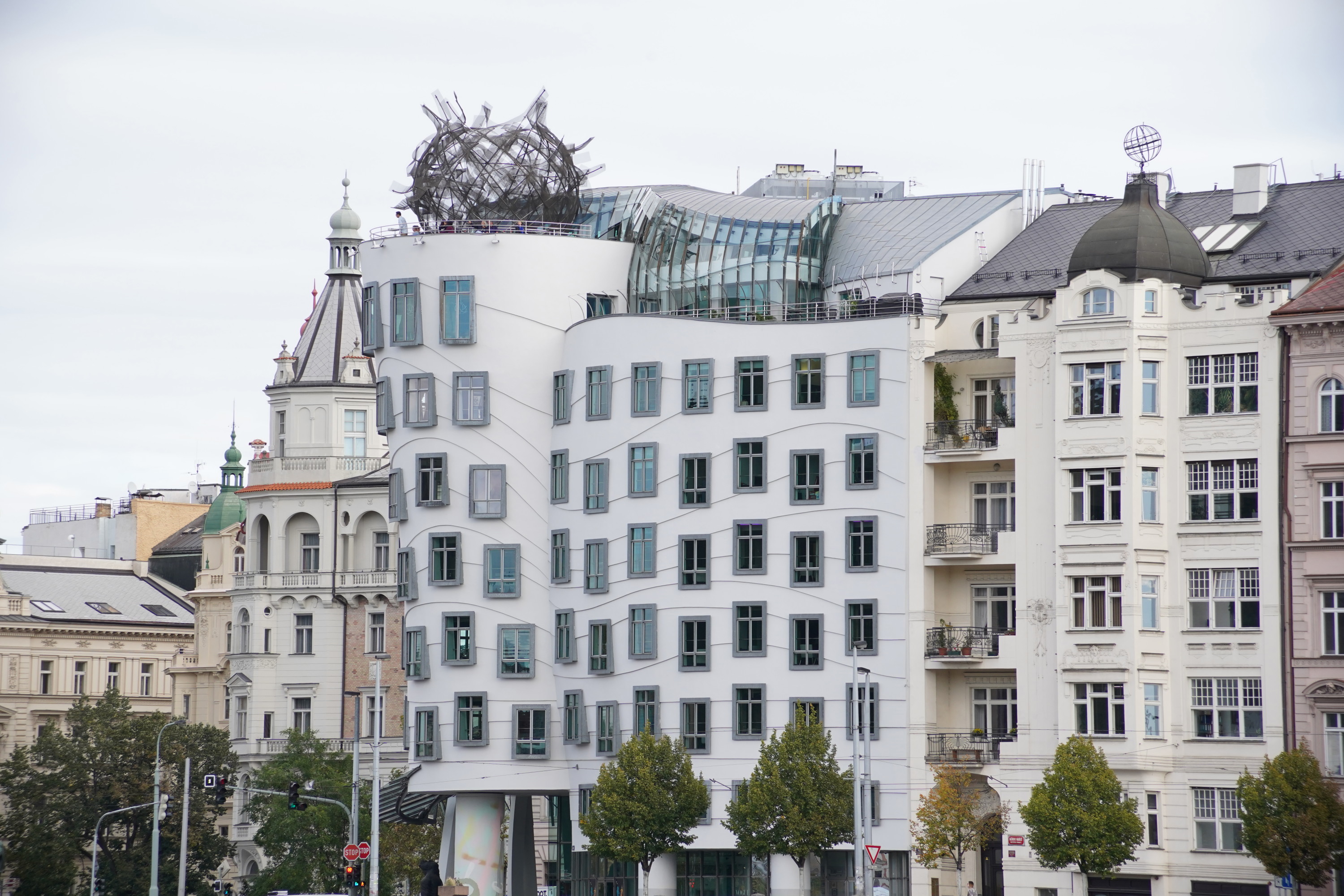Now I will explain why. But first, an example of a photo.

The photo was taken on a full-frame Sony A7 III camera in full-frame mode (60 mm, F 11, size reduced from 6000x4000 to 3000x2000 in order to upload to Habr). As you can see vignetting is not. Crop lens and full frame.
Advantages of Sony AF DT 4-5.6 / 55-200 mm SAM (SAL55200-2)
Firstly, the price of used copies is from 2500 rubles. It was for this price that I bought my copy on Avito.
Secondly, the lens gives a good picture in daylight. It is quite sharp and pleasantly blurs the background at focal lengths over 100 mm at F4.5-F6.3. The colors for my taste are quite accurate and pleasant. Lateral light transfers normally, there is a hood in the kit.
Thirdly, the lens has interesting characteristics:
- A rare telephoto lens boasts the following maximum aperture values: up to 100 mm - F4, up to 135 mm - F4.5, up to 150 mm - F5 and only after 150 mm - F5.6. Quite typical for budget telephoto zoom to give F5.6 already with 100 mm.
- The lens is compact and light (300 gr.)
- Of course, there are chromatic aberrations at the maximum open aperture, but they are quite typical for modern inexpensive zoom lenses.
- Despite the fact that the lens is designed for crop cameras (DT), it can be used at full frame - vignetting on most focal lenses is subtle and can be an artistic tool. If you do not agree with me, then you can always sprinkle the final frame during processing, in most cases you will have to crop no more than 20% of the frame to completely remove the signs of vignetting.
- The AF drive is built into the lens, it is noisy, but fast and accurate.
Disadvantages of Sony AF DT 4-5.6 / 55-200 mm SAM (SAL55200-2)
Since the lens is for crop matrices, it has geometric distortions at the edges of the frame. This should be considered when choosing the plot and composition of the frame. When shooting people, the distortions are invisible, but when shooting architecture - you can notice.

A slight vignetting is noticeable around the edges (200 mm, F11).
Conclusion
I bought this lens two years ago. And recently, after buying a Sony A7 III, I was thinking about acquiring a full-frame telephoto lens. After trying this lens with the LA-EA3 adapter, I realized that it would completely suit me and I did not need to look for a suitable telephoto for the Sony FE mount.
By the way, autofocus on the eyes also works great in a bunch of Sony A7 III + LA-EA3 + SAL55200. For portrait shooting, this now seems to me to be the most commonly used focus mode. Focusing on the eyes now gives noticeable benefits to photographers using Sony technology compared to Canon users.
If the telephoto lens is not your main working tool or if you are an amateur, then I highly recommend trying this lens together with your Sony camera, especially since it costs a mere penny.